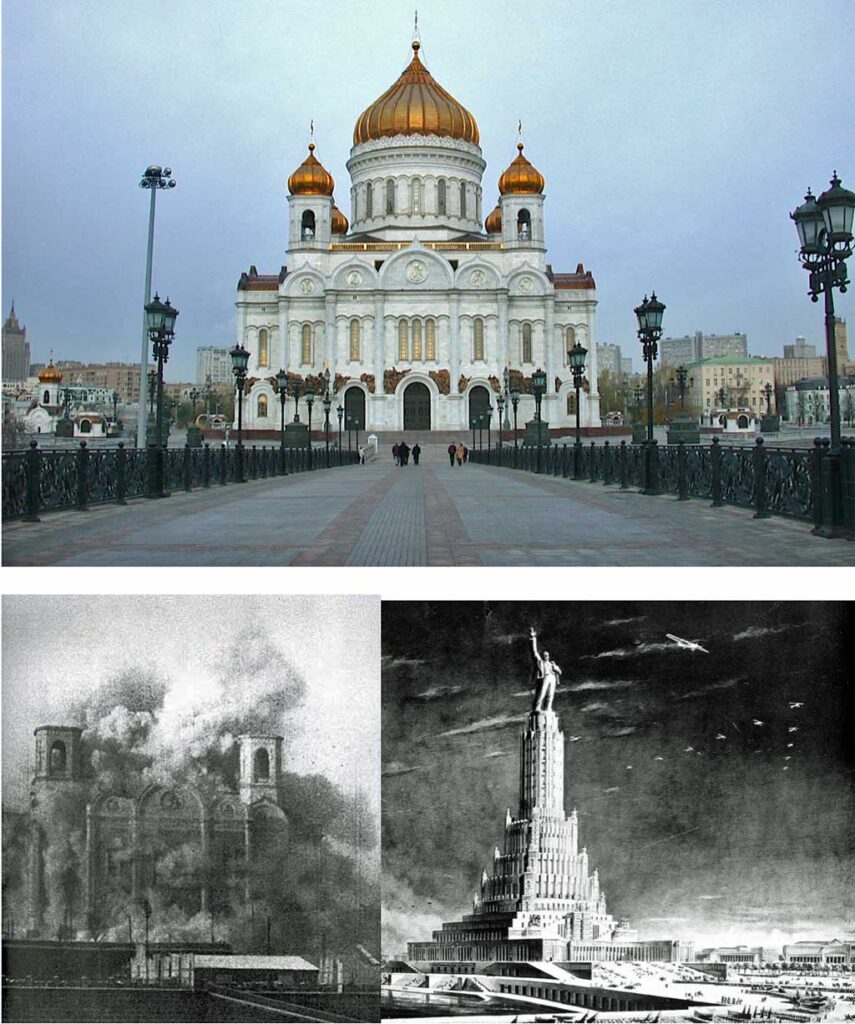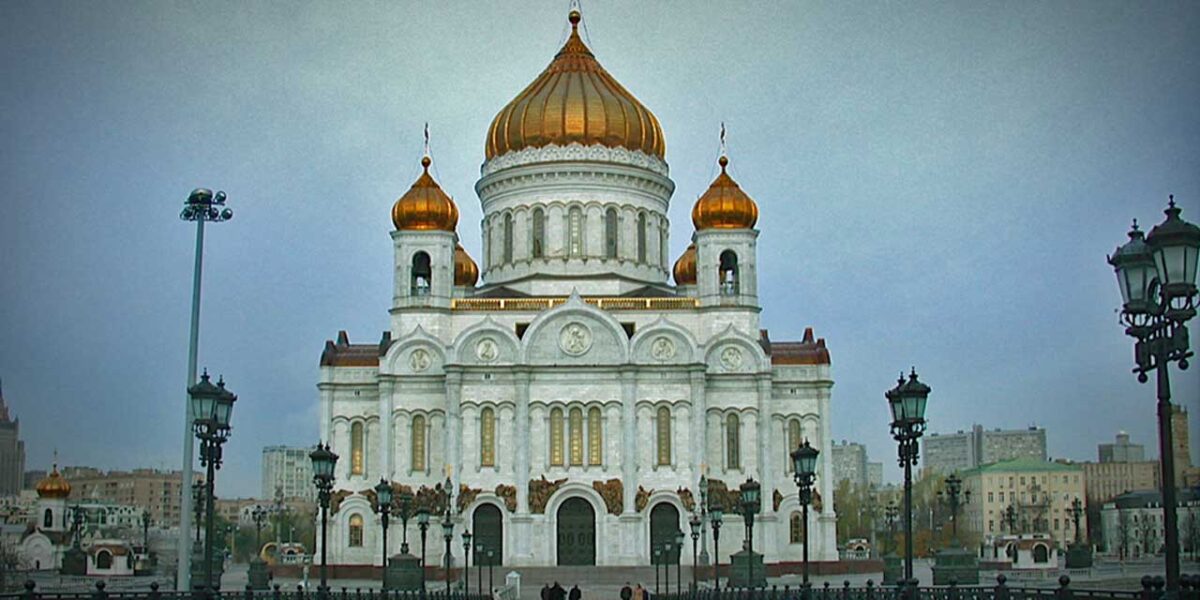EDITOR’S NOTE: Burien resident Fred Feiertag will be taking a break from writing his regular column where he shared his observations, travel stories, wanderings and more for The B-Town Blog.
This will be the sixth chapter of my recollections of being in Moscow Russia.
I have not been there since these visits ending in 2005. It was obvious that Russia and Moscow were in the middle of huge changes. It wasn’t a revolution – it was more like the Old West in the aftermath of our Civil War. There was gold and every sort of seeker was on the move. Many of those in motion were desperate for a new start with better opportunity. There were also many with lower and more violent urges. There was wealth to be gained by any means and there was power to be grabbed. Many days while I was about my business in Moscow, instead of seeing this nearly ancient city around me I felt more like I was a temporary resident in a gold mining town in the 1880 Rocky Mountains.
Some good examples of this bizarre collision of times and cultures happened while I was there. Next to the Kremlin wall sits a large, covered arena. It is called the Moscow Manege. The name is French meaning riding academy. Originally built in the 1820’s to be the indoor riding arena for the Romanoff Tsar’s family and the riding practice space for the cavalry. Grand by any measure it had the largest wooden roof without columns to limit the inside space. In the new wild post-Soviet time, there was a desire to make changes to it. Recently there was a new shopping mall built under the square next to the Manege. Developers wanted to remove the old arena and build an above ground shopping mall. Other voices wanted to remodel and restore the old building and use it for an indoor event site. The issue went to court and the developers seemed to have lost. But while the case was being appealed there was a fire. On the night of the national election that was to be won by Vladimir Putin for his second four-year term as president, Manege was destroyed by fire. To conspiracy followers it was noted that before the ruins had stopped smoking, construction equipment moved in and removed the fire’s debris before fire investigators could determine the cause of the fire. One year later the completely rebuilt and updated arena was opened, and President Putin was given much of the credit.

Another example of the sense of change that was blowing through the new Moscow was the grandest church in Russia. Russia has always been dominated by the Russian Orthodox Church for nearly 1,000 years. Lots of history in that time period. Wars, revolutions, and social upheavals have kept this story alive. I found one chapter in this story particularly interesting. In Moscow just across the Moscow River from the Kremlin stands a hill with a grand cathedral. This is Cathedral of Christ the Saviour. The largest church in the city and it is the site of the head of the Russian Orthodox Church. It seemed particularly impressive as we were shuttled past it on the way to our candidate laboratories. First view captures the eye with its brilliant white marble with shining gold domes. Second was to notice how big it is. I made this place a priority on my explorations of the city.
Before visiting the cathedral, I did some studying of its history. This is the second building on the site and was just four years old when I first saw it. Having visited some of the grand cathedrals in Europe I was surprised to find out this one took only five years to construct. Most of the big ones in Europe took hundreds of years to complete. Then I found out that it is a near copy of its predecessor. The first cathedral on the site was built after the Napoleonic war and was dedicated on the anniversary of the Russian army’s victory. In fact, the famous Tchaikovsky 1812 Overture premiered in a tent outside of the nearly-completed church. Unfortunately, Josef Stalin ordered the church to be destroyed in order to reclaim the millions of dollars in gold decorating the domes and details in the building. The Soviets where terrible at managing their economy and this is a sad example of that. The church was to be replaced with a massive Soviet monument call the Palace of the Soviets. It was never built and instead a big swimming pool was installed in the foundation hole. This lasted until about 1990. Planning began and donations were solicited to rebuild the church. In just a few years over $200,000,000 was raised, with much more to follow. Construction started in 1995 and was complete in 2000. The vocal support of the first president of Russia, Boris Yeltsin, and the mayor of Moscow, Yuri Luzhkov helped.
I visited this church on Saturday and could not have been more impressed. The structure is indeed immense, and the details are spectacular. Outside the church are many bronze statues. They appear to be at least twice life size. Each of these bronze figures taken from bible stories or Russian history are fine works of sculptural art. In my other sort of life, I have been silent partner to one of the few art foundries in the Seattle area. Having helped to make statues not nearly as large as these I am stunned at how many were produced in so little time. For my partner and I a full-size statue took us much of a year to produce at the level of quality I saw at this church. I was disappointed that cameras were not permitted inside the building. It is a different kind of cathedral from the European style, but it is no less impressive. If the days come when Russia returns to being a well-behaved international destination, this church is a must see.


There were so many places that had me shaking my head at the dissonance between our world and the Russian version.
I could go on, but this is The B-town Blog, so let’s stop here and appreciate our own place…


